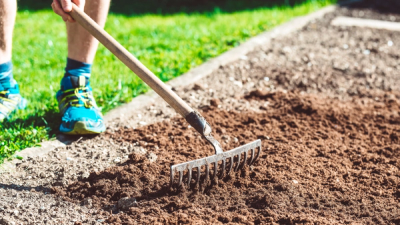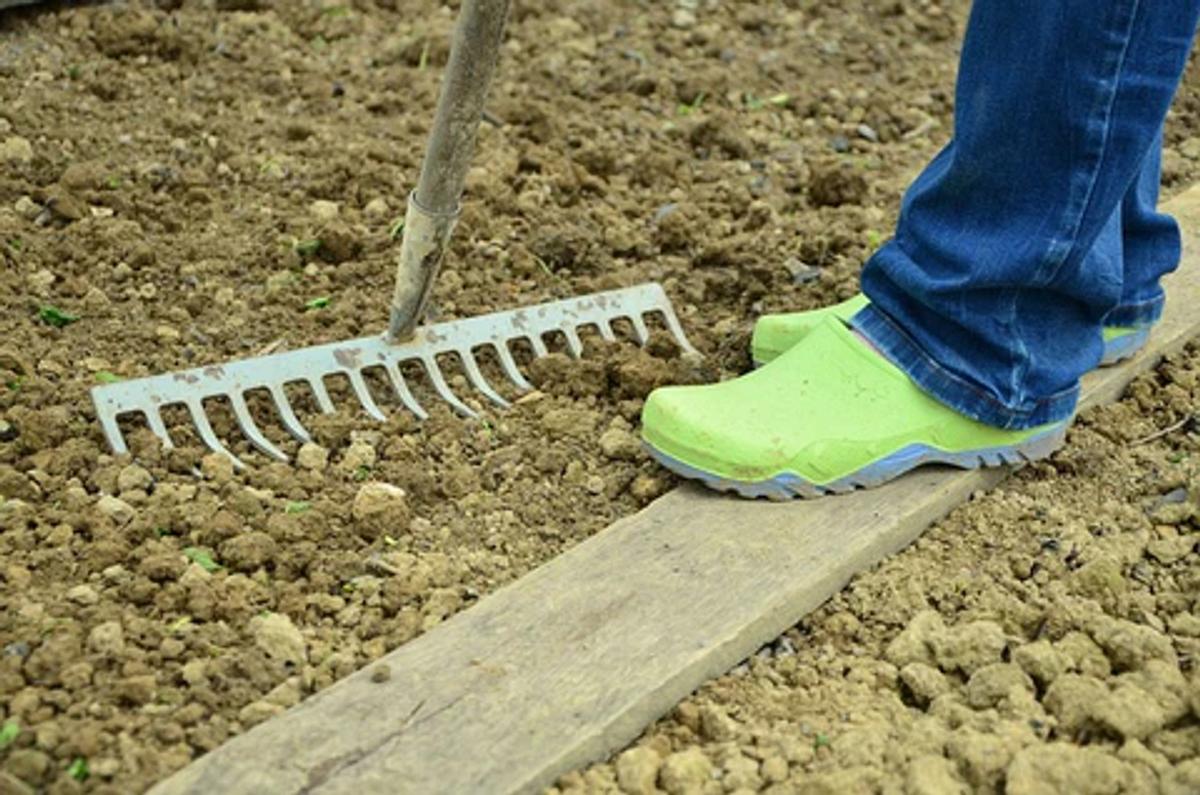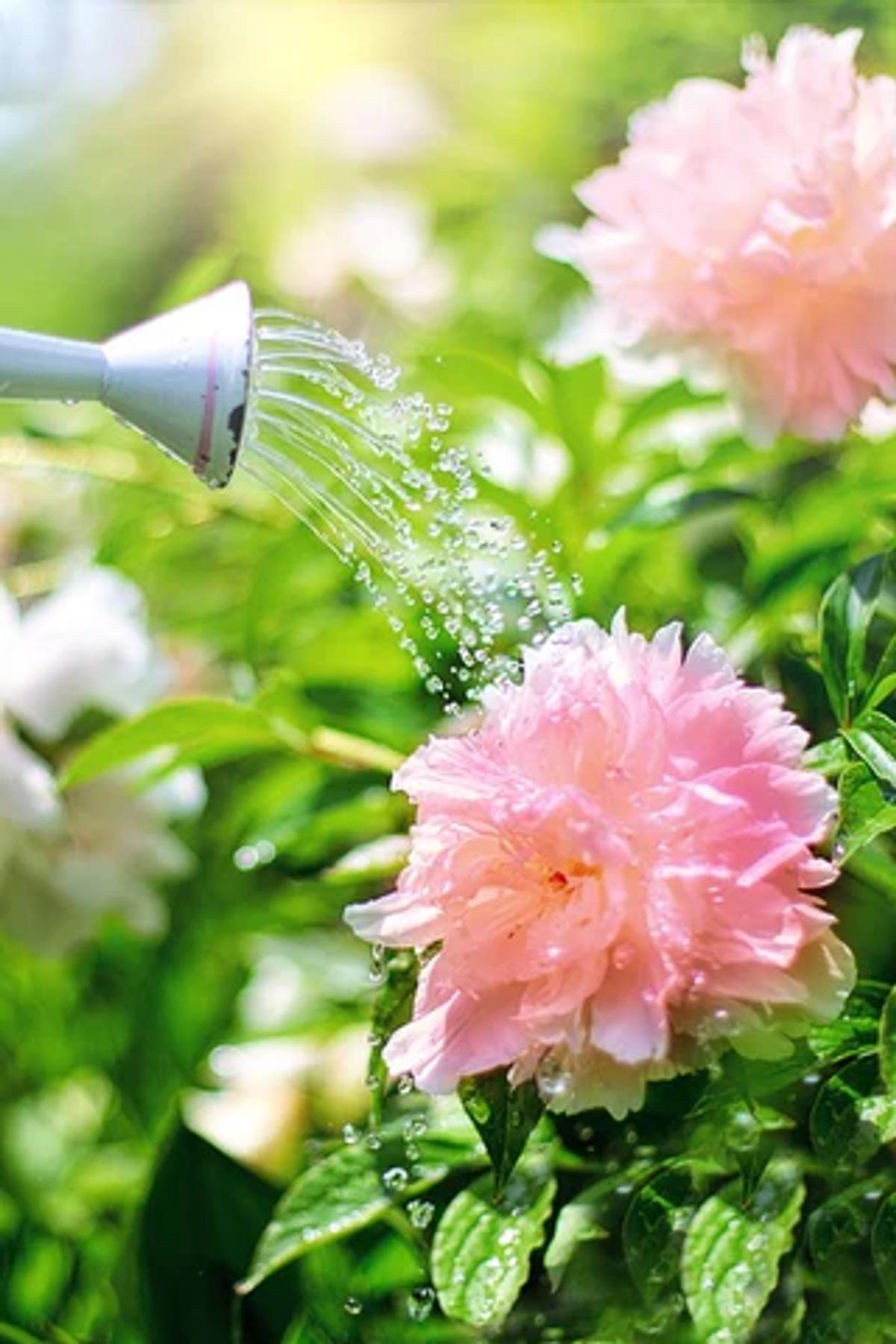11 Tips on Starting a Native Plant Garden (for the first year)

This is a guide to starting a native plant garden. Reading these 11 gardening tips will help you create an eco-friendly habitat from scratch.
Want to join the growing group of Native Plant gardeners? The idea of starting your native plant gardening journey can be quite exciting, especially when you know the wonderful benefits of native plant species. But if you are a beginner, a transition from lawns to a native garden can be overwhelming. We hear you!
Here is an essential guide to enable you to create and maintain a thriving native plant garden during the first year of establishing a garden.
About this Guide
Reading this guide will help you know all the basics about taking care of your beautiful native plants. In this guide, you will learn about ideal growing conditions, the process to prep a planting area, how to choose plants and more.
If you understand and follow these practices correctly, there is no doubt you will own a properly designed native garden and ensure your existing landscape can become a native landscape, in a self-sustainable and maintenance free way.

1. Plant Selection
The first aspect to consider before buying natives is “Do they belong to your region?”. Native plants that are local to your region adapt quickly to the weather and soil conditions without much difficulty. They also help create a native ecosystem by providing food and habitat for bees, butterflies, birds and other wildlife. You can always refer to a native plant database to find the right regional native plants, based on your particular ecoregion, preferred type and local climate.
If you feel that's too much work, then we have an easy alternative for you.
Check out the pre-designed plant collections by My Home Park which offer the right set of plants based on your zip code and yard characteristics. Try them out yourself to see how you can create native gardens effortlessly!

2. Buying Plug Plants Instead of Seeds
There are two main ways to start your garden from scratch – using plant plugs or seeds.
- Seeds are cheaper and easily available. However, seed propagation is a time-consuming process as factors like quality of seeds and external circumstances largely influence their germination rates.
- Plug plants are good candidates over seeds because they come with a root ball encapsulated in nutritious soil and sturdy packaging to jump start on life. Make holes in the soil with a finger. Gently loosen the roots of the plugs and install them carefully into the holes and press the top soil firmly. Water the roots gently after transplantation. Once planted, within a few months, you can expect most of the native plants to thrive independently.
At MHP, we offer plugs in their first or second true leaf stage in carefully packaged container trays. Each plant combo comes as a group of 4-8 plugs of different species along with a detailed plan on the planting design. This way, the chances of failure during the setup phase are almost zero!
3. Site Preparation
Preparing a soil bed for native plants is quite simple as they do not have any special requirements. However, to ensure better success, you can consider removing any clumps, weeds or invasive species in your yard. Adding an appropriate amount of organic matter (like compost) to the soil improves soil quality and makes it nutrient-rich.

4. Planting when the Weather is Favorable
Although natives are climate-adapted to a particular region, introducing them into your garden during harsh weather may not be a great idea. These young plants are still getting used to their new environment and exposing them to extreme heat, cold or windy conditions may threaten their existence. Experts therefore recommend starting a new garden in early spring or fall, when there is a perfect balance of sun and moisture to nourish your babies.
MHP also believes in the ‘good weather’ mantra and always prefers shipping your plants during prime planting seasons, depending on your region. That way, you can kickstart your garden hassle-free!
5. Put them in the "Right Spots" for Healthy Growth
Your yard contains different microclimatic zones unknown to you! Some portions contain warm spots that receive full sun for more than 6 hours. Others may be partially shady or full shady, depending on their placement and the structures around them. It would be a great idea to capture and mark these zones on a piece of paper, so you can transfer a sun-loving plant to full sun and a shade lover to a shady zone. Finding the right area of ground will be important for the health of your native plants. Most plant or seed packages have clear labels indicating the ‘ideal’ spots in a garden which you can easily follow.
If you are going with MHP, then we have addressed even this aspect by designing your yard with the right plants at the right spot. Each plant group will come in specially marked containers which can go in their intended zones once they reach your home.
6. Estimating Mature Size of Plants
Many gardeners assume that a plant will stay the same height and size all of its life. This is far from true! Native plants have a tendency to outgrow other species and can quickly turn into ‘view blockers’ in no time. A way to deal with this problem is by looking for pictures or videos of what a mature size plant of a particular species will look like before planting it in your garden. Planning other structures or plants around it becomes much simpler if you are prepared for its massive growth and height.
MHP gives you a massive advantage in this regard by giving you an estimated growth size chart for each plant species you selected. So, you know how many feet tall a garden will get, after a year or two.
7. Consider What’s Growing Below Ground
Plants have very complex root systems that help them anchor to the soil, take up water and nutrients and most importantly, compete with other plants! Grouping plants with deeper and aggressive root systems with species having shallow and slower roots will benefit only the stronger group.
If you want all of your plants to thrive well, then consider grouping plants with similar root systems for better resource distribution.
When you buy a package of native plants through MHP, you need not worry about all these technicalities, as all our plant collections are thoroughly analyzed for harmonious root systems and there is no scope for one species dominating the other.

8. Water Them Gently
Native plants also require regular watering, just like ornamentals, in order to grow well during the first few months. To make sure you don’t overwater or underwater your plants, we recommend you to follow these instructions:
- Water once a day during the first 3-6 months of planting. Make sure the excess water is drained out well into the soil
- Always spray water gently over the leaf surface and around the roots instead of pouring from a container. This way, you won’t damage the root structures or budding leaves.
- If the soil is too moist due to rain or mist, wait for it to dry before watering again.
- Using scheduled sprinklers is a great day to save your plants from drying out, especially during the hottest months of the year.

9. Use Natural Fertilizers
Technically, native plants do not require fertilizers or additional growth boosters in the wilderness. But your garden plants can certainly do well with an occasional dose or two of natural fertilizers like compost tea, organic matter, vermicompost, ground coffee, etc. You can also plant some legumes in your garden which are natural nitrogen fixers to solve nitrogen deficiency in the soil.
10. Mulching for Weed Control
Weeds are unwanted plants that dominate your precious native plants for valuable resources like sun and water. Mulching is a sure way to push them out and never let them grow in your garden. Instead of using hazardous mulches like plastic or treated wood, try using ground covers or natural mulch like fallen leaves, grass clippings etc.
11. Growing in Layers and Using Ground Covers
Try to create at least three distinct plant layers, with the taller ones in the background, flowering plants and shrubs in the middle and ground covers like clover in the front. With time, these plants will learn to coexist in the garden, just as they do in nature and become a living mulch that will eventually push out the weeds. Consider this as mimicking Mother Nature to achieve your goals of ecological gardening!
Did you know that all of MHP’s plant collections are designed to grow in layers? Each collection offers a set of low-growing species for the ground level, small and mid-sized species (like shrubs) to add a structural layer, and a seasonal layer to offer seasonal drifts of colors and textures in the garden.
Having these tips handy will help you sail smoothly through the challenging first year.
If you are a beginner, partnering with My Home Park is a great idea, as we have the right combination of resources and expertise to make you into a confident native plant gardener.
Browse native plant collections from My Home Park here.

Share this article


